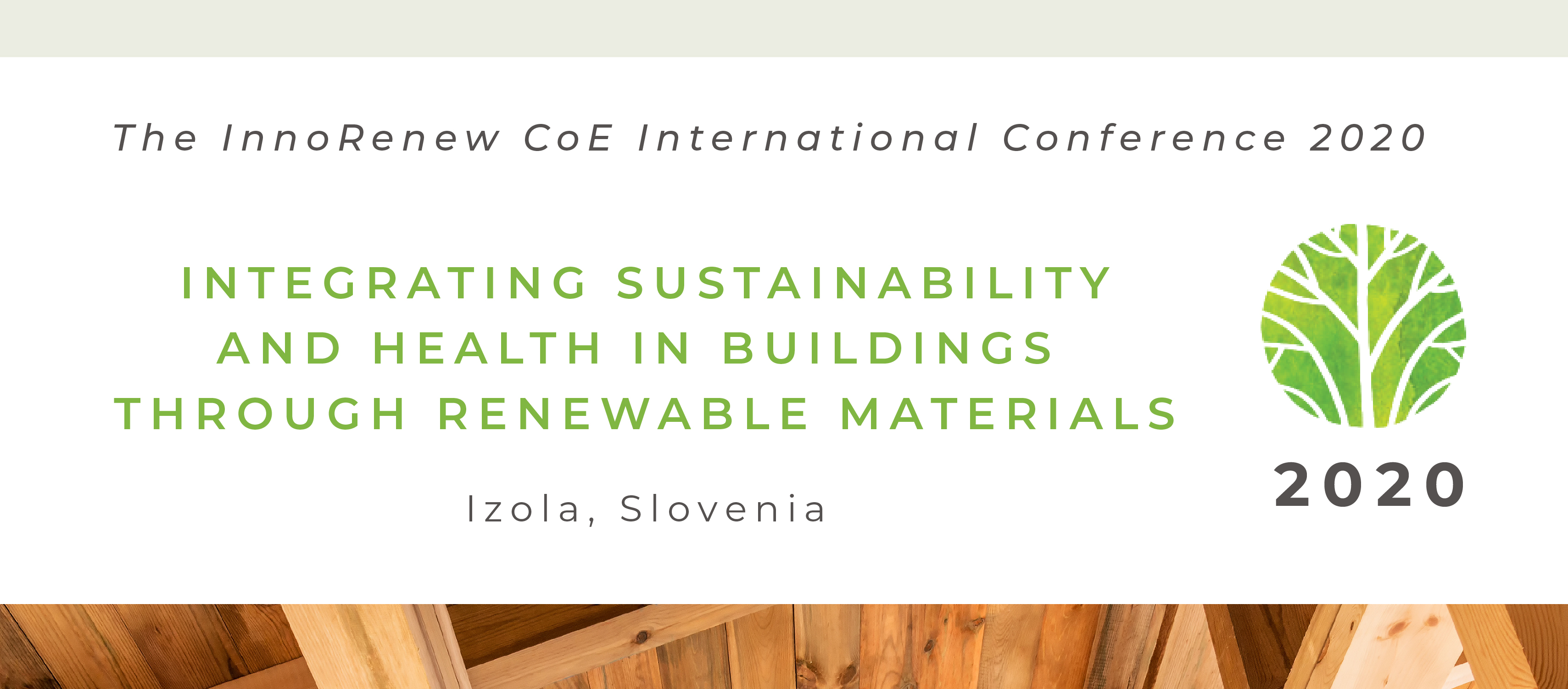Speaker
Description
A fundamental problem of the sustainable built environment development represents the poor optimisation content in the design process. While first studies focus on algorithms for only one particular subsystem (e.g. insulation, shading, heating generation, etc.), the overall complete building optimisation is still missing. Though, the patented Energia Design Method applies sophisticated energy, climate, comfort, lighting, aerodynamics, life cycle assessment simulation techniques as a heuristic support for overall building optimisation, all possible design cases and therefor the optimum is still not guaranteed.
To overcome these shortcomings, a previous study integrated a synthesis step to generate all feasible and possible building cases considering the most decisive passive design elements. A specific building design problem demonstrates the method in form of a simple residential building. With simulation based assessment of comfort and energy performance an order including the n-best solutions could be achieved, and the passive exemplary modelling of Energia Design Systhesis was proven.
The current research proposes the extension of the optimisation process with active system configurations. The gained optimal design cases serve as initial models to be equipped with all residential housing related heat transfer, heat generation, as well as energy supply systems, including mechanical and natural ventilation strategies. Lighting and operation control complete the active-hybrid modelling. All reasonable system combinations are created and assessed by complex building physics simulations. Evaluation of the thermal and visual comfort and energy results were processed by predefined user specific weighting system(s) to elaborate a final order with the guaranteed optimal overall building solution. This active system optimisation modelling completed the successful validation of the Energia Design Synthesis method. After the passive and active optimisation process, a series of interrelations and affecting factors were analysed and primary correlations defined as basis for an automated algorithm system that is able to absolve the complete optimisation process.
| Consider my submission for a full-paper in the IPBE special edition for the conference? | No, thanks. |
|---|

